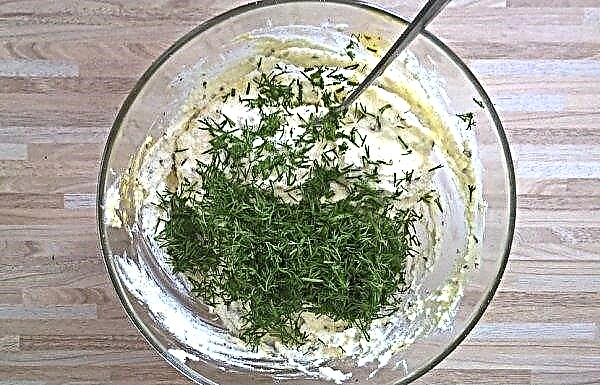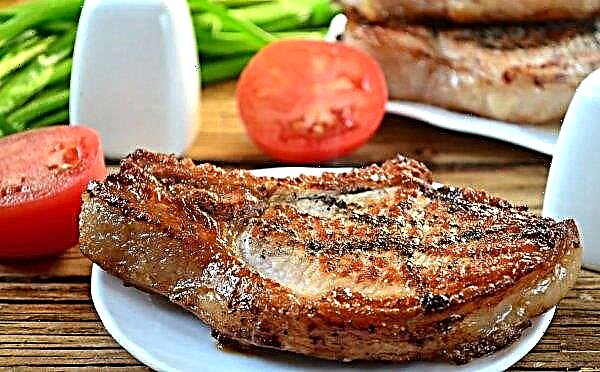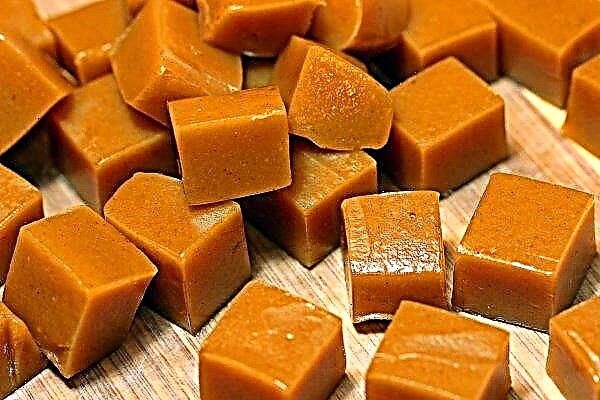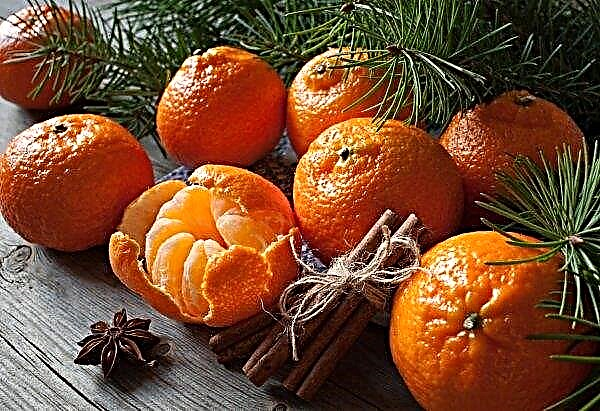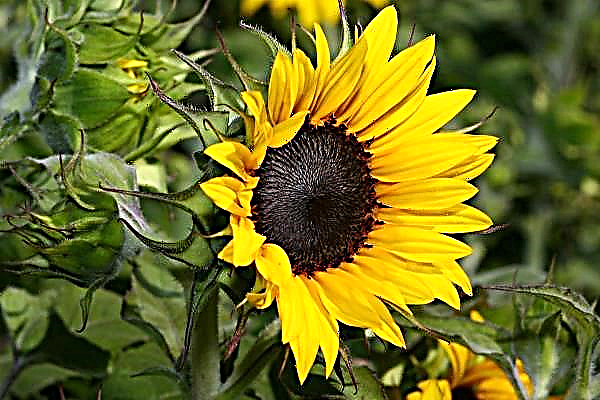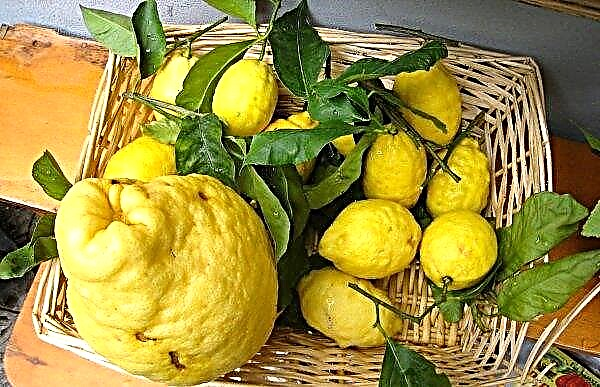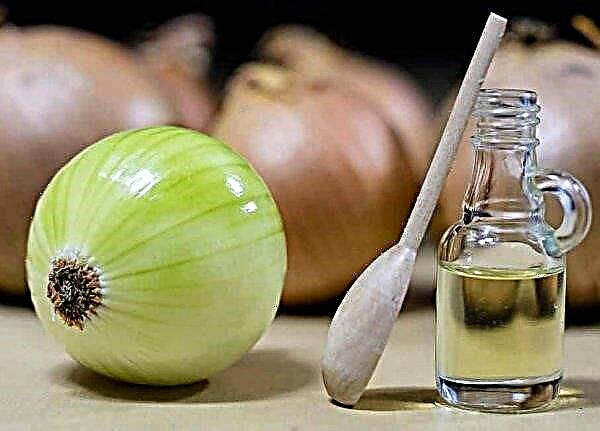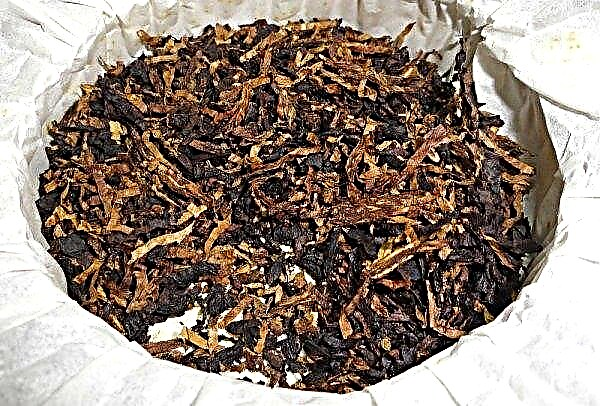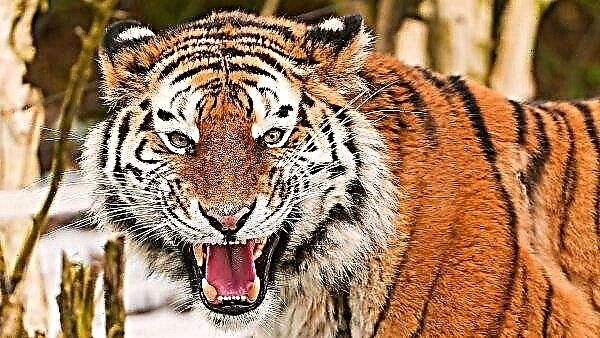Stately pigeons have a beautiful appearance and differ from other brothers. Birds of this species are divided into various subspecies, which have their own distinctive characteristics. If you decide to keep a stately pigeon at home, you need to know the features of its content and the subtleties of grooming.
Origin history
About stately pigeons in our area is known from the XVII-XVIII centuries. Initially, they were distributed on the territory of the Kuban and the Don, but later their habitat expanded to Ukraine, Siberia and the Volga. This breed was first recognized at an exhibition in Budapest in 1975. Later, in 1980, this species was appreciated at an exhibition in Czechoslovakia.
Rock characterization
Stately pigeons are divided into several species that have common characteristics. However, each of the species has its own unique features.
Distinctive features
The common distinguishing characteristics of all birds of this group from other pigeons are the following:
- the special position of the wings, the tips of which descend almost to the ground;
- voluminous and high raised tail;
- breasts raised upwards, which gives them a “statism”;
- feathers are often variegated, but can have a different color, from a monochromatic color to unusual multi-colored shades;
- some of the subspecies of this breed are distinguished by decorative feathers on different parts of the body, for example, on the head or legs.
Varieties of stately pigeons and their description
Stately pigeons are a group of numerous breeds, each of which has defining characteristics. The main division occurs into 3 groups.
Russians
Russian stately pigeons are divided into 3 subspecies. These include:
- Whiskers (high tail, lowered wings, neck does not shake);
- shaking (high breast, raised loose tail, shaking the neck);
- kachunov (short body, high flat tail, long neck, sway when walking).
These species are divided into many other subspecies.
Lugansk
Lugansk stately pigeons were bred in the city of Lugansk. They belong to the subspecies of the shakers, therefore they are high-flying and can spend in the air up to 180 minutes. Distinctive characteristics include:
Distinctive characteristics include:
- white feathers and a similar color of beak, eyelids, waxen and claws;
- lack of a forelock;
- high wide tail;
- feathers on the paws;
- drooping wings;
- raised breast.
Shawl
Shawl belong to the type of kachunov and are decorative birds. Most of them cannot fly due to the loss of this ability.

This breed can be distinguished by the following characteristics:
- big head;
- the forelock is similar to a mane and looks like a shawl, from which the name follows;
- pink beak, often with a gap in the middle;
- beige wax;
- the neck wide at the breast narrows closer to the head;
- high tail;
- short back;
- feathers on the paws;
- black and white, cherry or yellow feathers.
Did you know? Shawl pigeons were widespread in the 20th century in Barnaul, where they began to breed them.
Tape
Tape pigeons are the result of breeding of various species. The main features of this breed are as follows:
- maroon or dark brown feathers;
- there is a white strip on the tail;
- wide prominent breast;
- wide raised tail;
- lowered wings.

Flight features
According to flight characteristics, birds are divided into 3 subgroups:
- decorative (do not fly);
- high-flying (have a long flight range and can stay in the air for a long time);
- Turmans (can stay in flight for a long time and perform tricks).
Did you know? For the performance of complex figures in the air, stately Turmans are also called "somersaults."
The content of stately pigeons at home
Each pigeon breeder should responsibly approach the maintenance of birds and pay attention to the subtleties of caring for them.

Requirements and optimal conditions
The dovecote should be adapted to the number of birds. The height of the room should be at least 2 m, the area is determined based on the proportion of 0.5 m² per pair of pigeons. The microclimate indicators should be as follows:
- average temperature +20 ° C;
- humidity 65–70%;
- there should be enough light, it is better to bring out the windows to the southeast, they also install artificial lighting.
Important! In winter, the air temperature should not be lower than +5 ° С, therefore it is recommended to warm the dovecote.
The house should be equipped with devices that are necessary to ensure the livelihoods of the bird. These include:
- nests;
- feeding troughs;
- drinkers;
- baths;
- perch shelves.
Feeding
Find out more

The list of foods in the diet of birds includes:
- cereals;
- Beans
- roots;
- oilseed feed;
- greenery;
- mineral supplements.
Stately pigeons should not be fed:
- bakery products;
- milk;
- meat;
- fish.
The summer diet should preferably consist of the following foods:
- greenery;
- green pea;
- millet;
- buckwheat;
- sorghum;
- peas.
In winter, bird feeding changes slightly. Feed during the cold season with the following products:
- oats;
- corn
- barley;
- lentils;
- dried herbs;
- herbal flour;
- carrots;
- potatoes.
Important! Fish and meat products are unacceptable for feeding birds of this species and can be fatal.
Care and hygiene
Pigeon care is based on house disinfection.

It is necessary to carry out cleaning with a certain frequency:
- litter removal - 1 time per day;
- thorough cleaning of the dovecote - 1-2 times a week;
- cleaning feeders, nests, drinking bowls, baths - 1-2 times a month;
- general cleaning - 2 times a year;
- litter change - as it gets dirty.
Also, birds should have access to an equipped swimming pool and use high-quality feed.
Important! Poor conditions negatively affect flight performance, and proper care helps restore bird stamina.
Breeding Features
When breeding stately pigeons, it is important to consider some nuances:
- it is better to breed one breed from the list of statues;
- for fertility, it is necessary to adhere to the norms of maintenance and feeding;
- it is better to buy individuals from professional breeders;
- pigeons belong to monogamous birds - it is important to consider this factor when forming a pair for mating;
- Be sure to equip nests and perches.
Possible diseases, their treatment and prevention
To maintain the health of pigeons, they must be checked every day when feeding. A bird that is not active and does not seek to feed should be suspicious and should be sent for inspection.
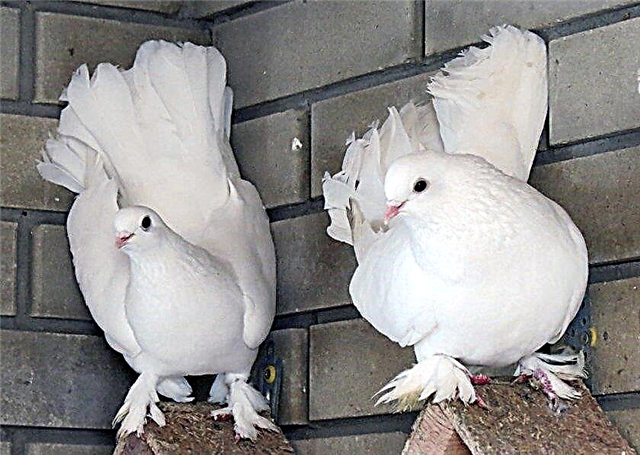
There are several diseases that can infect a pigeon.
- Smallpox. There is no treatment; immunity is developed after recovery.
- Twirl. Vitamins are given to the bird to maintain its condition, as exhaustion causes death.
- Ornithosis. A highly contagious disease that can affect a person is treated with the help of specific drugs and vitamins.
- Paratyphoid (salmonellosis). The disease is treated with medication and vaccination.
- Trichomoniasis As a therapy, a specific medication should be taken.
- Coccidiosis. For treatment, a 6-day course of special medicines is used.
- Worms. After confirming the diagnosis, a toxic drug is prescribed, so it is advisable not to allow the development of the disease. Additionally, vitamins must be added to the feed.
- Newcastle disease. Not treated, leads to death.
Prevention consists of the following factors:
- maintaining hygiene standards in the house;
- regular cleaning and disinfection of the premises;
- intake of vitamins;
- the use of high-quality feed;
- vaccination.
Stately pigeons are a kind of beautiful decorative flying pigeons that have unique features. For effective keeping and breeding of birds, be sure to follow the recommendations for caring for them.

